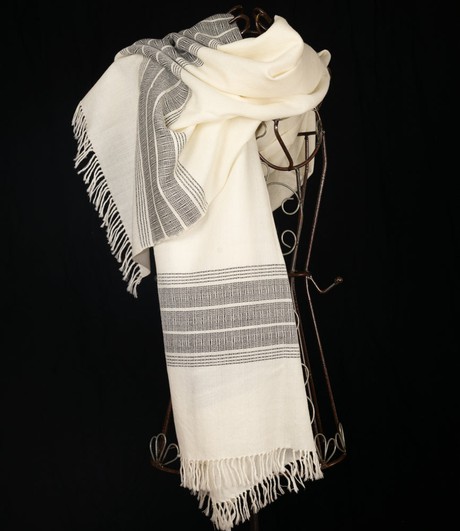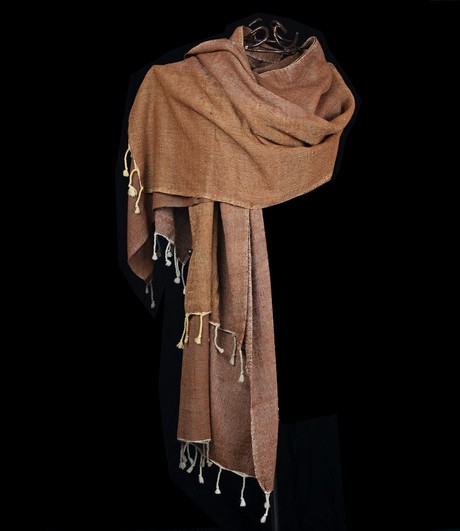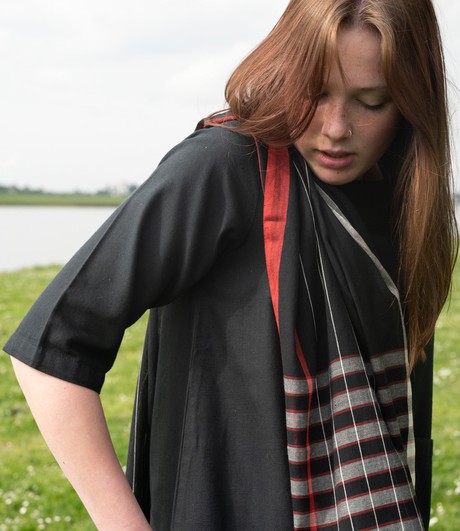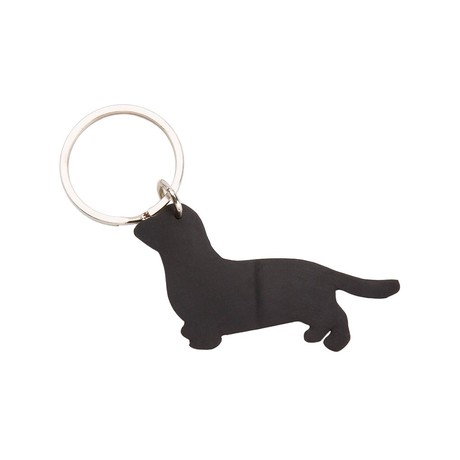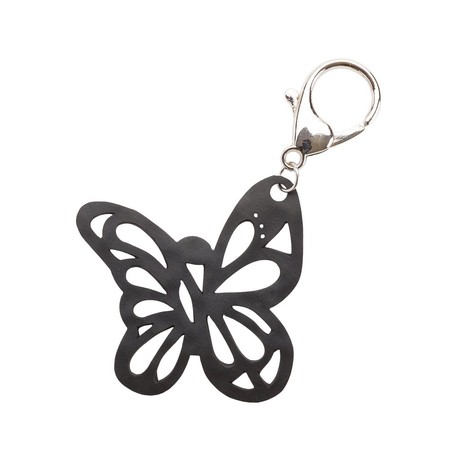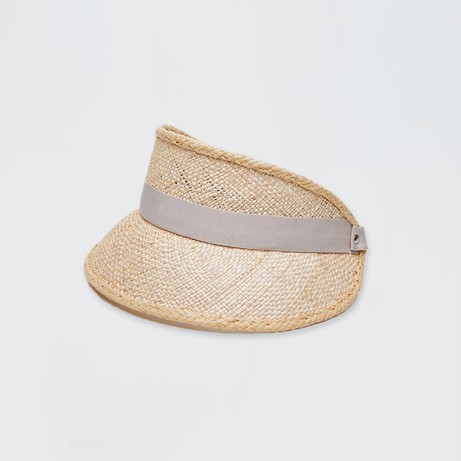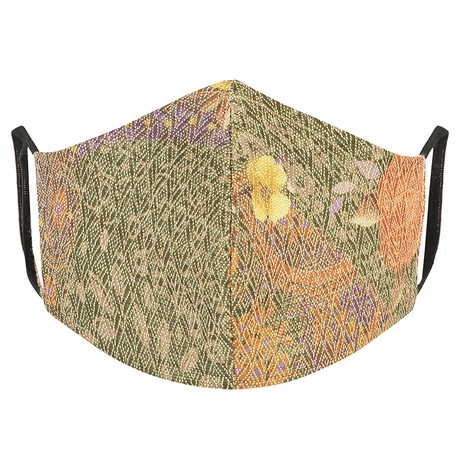- Clothes
- Bags
- Accessories
-
Inspiration
- Shoes
















Large pashmina shawl in natural purple
€225.00
Available sizes:
One Size
Short description
Deep purple large scarf made of pure pashmina, the extremely soft undercoat of the Pashmina goat. The scarf is 90 cm x 235 cm.
This is a scarf for life that is wonderfully warm in a pleasant way. Pashmina is extremely light and very refined. This shawl is therefore ideal for every season and easy to carry.
Colored with natural fabrics. Fairly made, hand spun and woven by women in mountain villages in the Himalayas.
The difference between Cashmere and PashminaThe Pashmina goat (officially Changthang) is only found on the plateaus of Ladakh and Tibet, at an altitude of over 4000 meters in the Himalayas. The goats have an 'upper coat' and an 'undercoat'. Only the wool of the goat's undercoat is called pashmina. The outer coat is used for Kashmir products, among other things. Kashmir can come from different types of goats, and from large farms in Australia or China. True pashmina, on the other hand, comes from only one region, from one kind of goat.
Do not shave but combThe pashmina goats naturally lose their undercoat in the spring (the moulting period). It grows back in winter. The undercoat of the pashmina goat is collected by combing the goat, not by shearing. This is done by the nomadic people of the Changpa who inhabit the high plains.
Natural dyesThis Pashmina shawl is woven and dyed in the Dehradun region of India. Women in the villages weave the Pashmina and color the scarves with natural resources from their area. This scarf is dyed with Sappanwood ( Biancaea sappan ) and Lac (shellac). Sappanwood is a flowering tree that occurs naturally in Southeast Asia. Lac is a resinous insect secretion. Dye is extracted from this, but lac is best known to us for its use as a sealing gel.
Source: Via India
Details
No extra information available. Check the store/brands tab for more details!
About the brand
About the store




